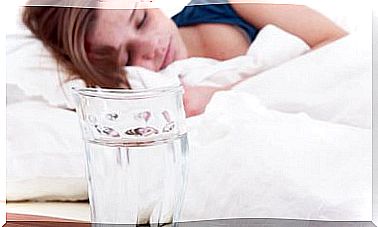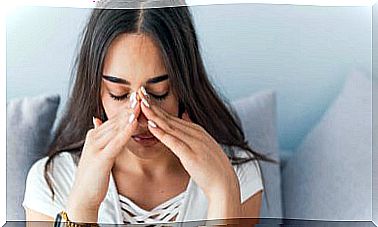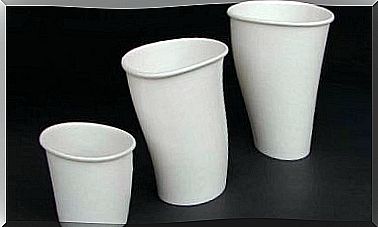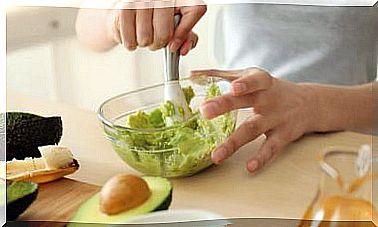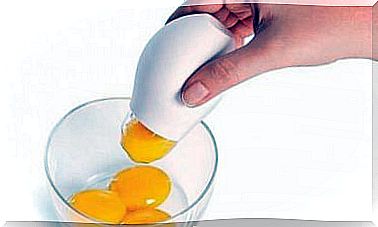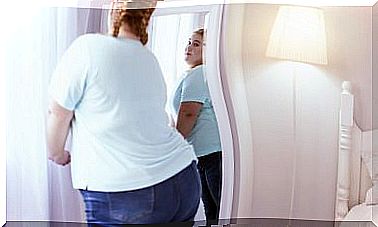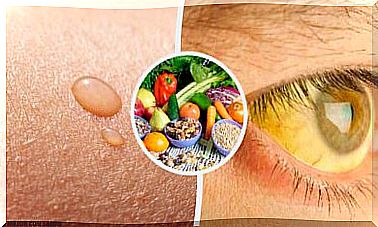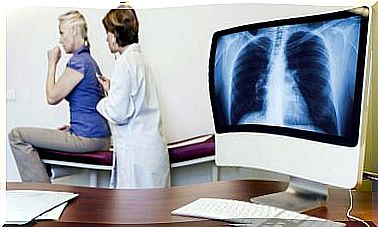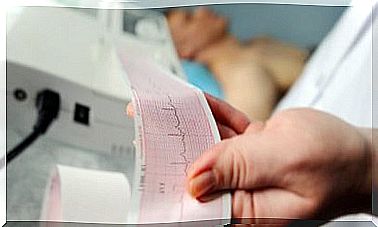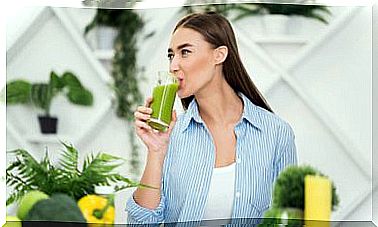Treatments Used To Combat Breast Cysts
Although breast cysts are not usually dangerous, if you notice them, it is recommended that you go to your gynecologist to examine and give a proper diagnosis.
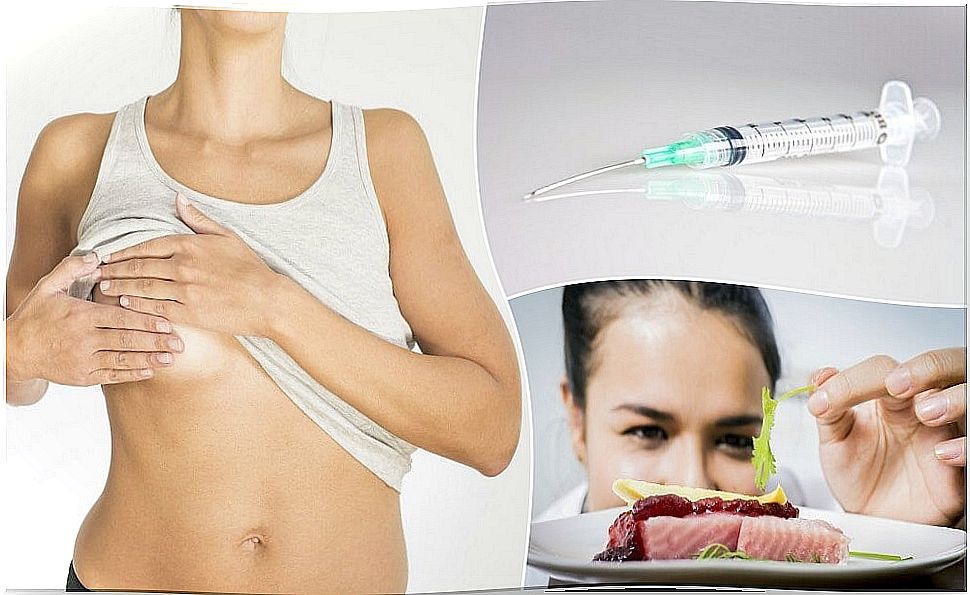
Cysts in the breasts, also called breast cysts, are small sacs of fluid that form in the breast tissue. They can be alarming for many women, especially when palpated, but in reality they are usually benign and do not usually represent a serious health problem.
They appear on one or both breasts and usually feel like a grape or balloon filled with water, the size and shape of which may differ.
They are very common in women between 30 and 60 years old. They can appear at any age because they are caused by various factors.
Currently there are several therapeutic methods that help eliminate them, either because they tend to continue growing, or because they cause pain and inflammation.
Below we share the treatment options that can be suggested for its elimination and other data of interest so that you take them into account. Keep reading and don’t miss a thing!
Why do breast cysts occur?
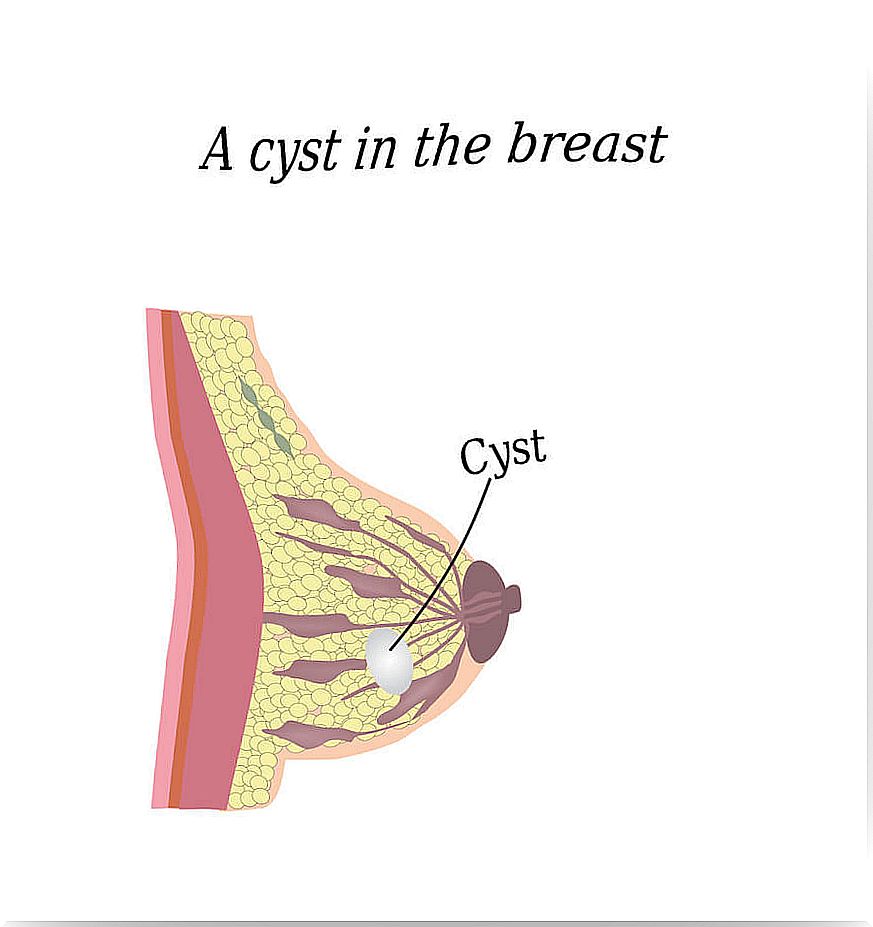
Cysts in the breasts are caused by benign alterations of the mammary glands. They are often the result of a blockage of the lobules of the breasts, leading to a build-up of fluids.
According to the experts of the Spanish Association Against Cancer (AECC) “ 90% of the nodules in young women are due to benign pathology. However, it is necessary to carry out an adequate diagnosis ”.
When it comes to the causes of breast cysts, it’s important to consider what Mayo Clinic experts say:
“Experts do not know the cause of breast cysts. They can manifest as a result of the hormonal changes of menstruation. There is evidence indicating that excess estrogen in the body, which stimulates breast tissue, can contribute to the development of breast cysts. “
The appearance of breast cysts has also been associated with:
- Bad nutrition.
- Overweight and obesity.
- Excessive consumption of alcohol and tobacco.
- Sudden hormonal changes before, during or after menopause.
Symptoms of breast cysts
Cysts can form in one or both breasts. Symptoms can vary in each patient, depending on the stage in which they are detected. In general, these are manifested:
- Round or oval “balls” or lumps, with varied edges, evident to the touch.
- Pain in one or more areas of the breasts.
- Tenderness in the area of the breast nodule.
- Transparent or yellowish discharge from the nipple.
Treatments for breast cysts
The good news is that most cysts are not carcinogenic. In fact, there are cysts so small that they are only detected through a mammogram or breast ultrasound. Although these are not a major problem, the doctor will prefer to monitor them to rule out complications.
If it is observed that they tend to increase in size, the treatments that are advised include the following that we are going to develop.
Hypodermic needle emptying
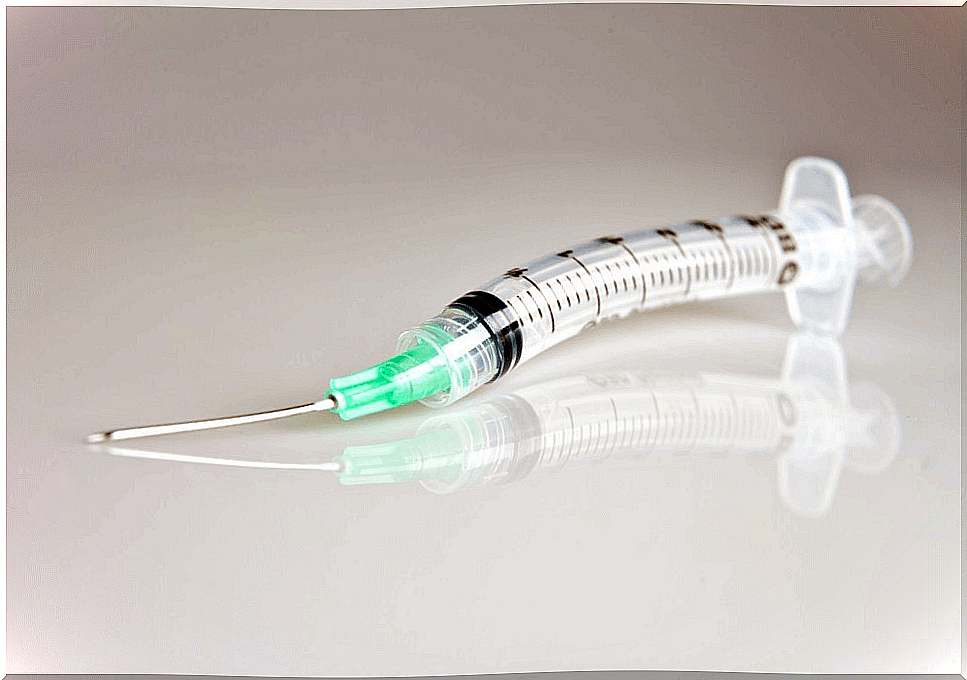
When they cause pain, Dr. Mary Ann Kosir indicates that the ideal is to drain and remove them so that they do not continue to cause discomfort.
If their size is large enough to be felt, the doctor may intervene with a hypodermic needle emptying procedure, as experts from the Western Breast Services Alliance explain.
- Emptying is a treatment that can be uncomfortable, but it is not painful and lasts a couple of minutes.
- After carrying it out, the cysts significantly reduce their volume, and even disappear.
- If the lumps reappear, the same procedure can be done again.
Use of hormones
When cysts are caused by certain hormonal uncontrols, the consumption of contraceptive pills or other similar hormonal treatments may be suggested to prevent their recurrence.
- In these cases, the possible side effects and the patient’s health status are evaluated, since it is not always the best option.
- In fact, it is a treatment that is only recommended in women with quite severe cysts.
Surgery to remove cysts
Surgery to remove breast cysts is only necessary in atypical cases or those that show some sign of danger. This option is considered if:
- The cyst causes discomfort and hinders the day to day, or if it reappears month after month despite the drainage.
- The fluid lump contains blood or exhibits any worrisome signs.
- Signs of malignancy are detected.
Natural medicine
The properties of some natural remedies can help calm the feeling of heaviness and pain that is related to the presence of cysts in the breasts. Likewise, some dietary recommendations can facilitate its elimination and prevention.
Hot or cold compresses
Applying hot or cold compresses helps soothe breast tenderness. These have an anti-inflammatory and analgesic effect that, in minutes, reduces the ailment.
Infusions
According to popular beliefs, the diuretic and anti-inflammatory properties of some natural infusions can help reduce the size of cysts.
Some of the infusions that are recommended are: chamomile, plantain, peppermint, pennyroyal and horsetail.
Feeding

A healthy and balanced diet, rich in vitamin E and omega 3 fatty acids, can contribute to improving health when suffering from breast cysts.
The consumption of ultra-processed, salt (in large quantities), refined products, edibles with high fat content or stimulants (caffeine) is not recommended.
Doubts? Consult with your doctor
Do you feel a strange lump in your breasts? Peaceful. Most likely, it is not something serious. Now, to get out of doubt, the best thing you can do is consult with your doctor and get a checkup.
